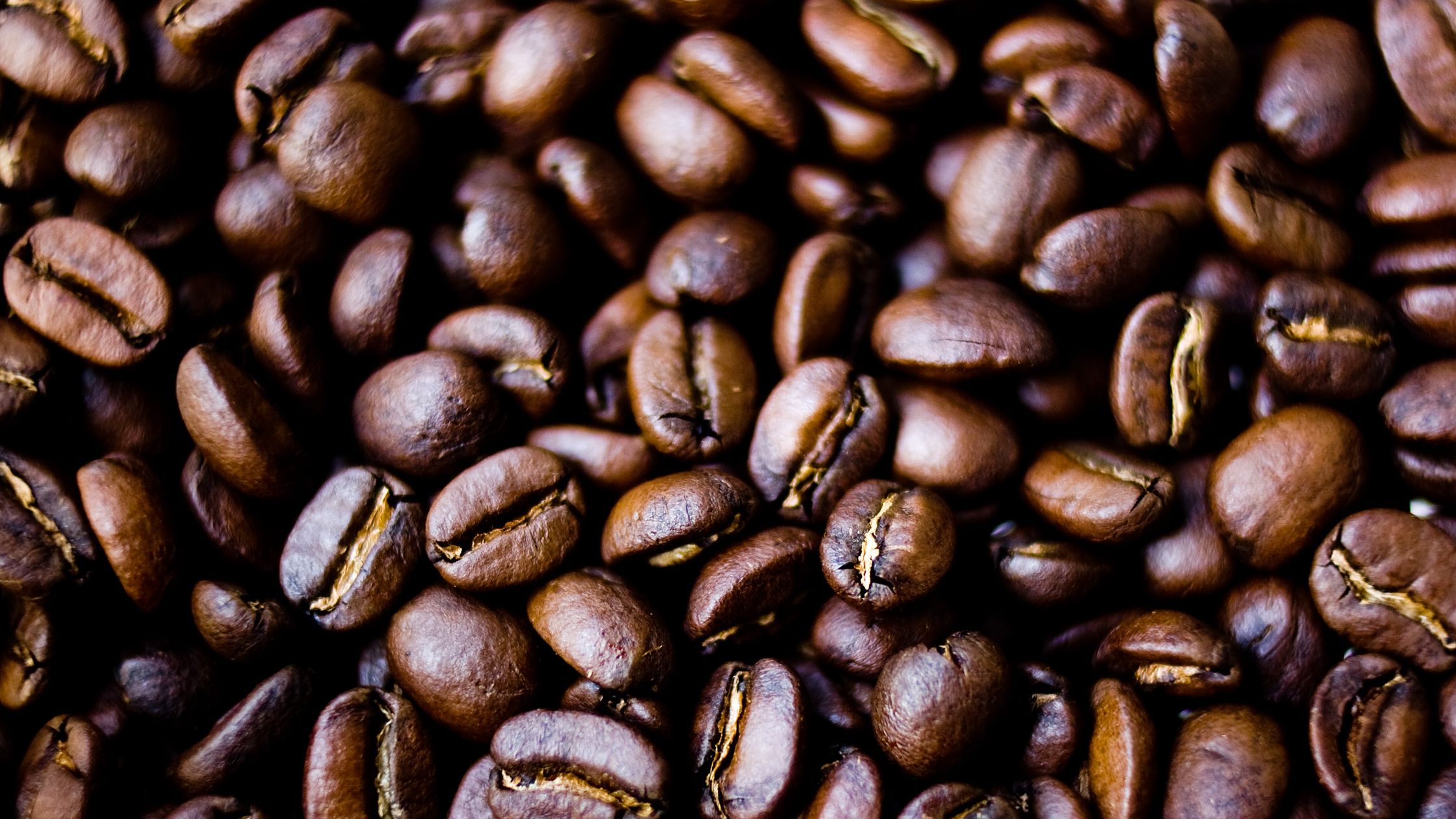- Beans: Clumsy Girl (blend)
- Roaster: Gracefully Coffee Roasters (Baltimore, MD)
- Roast level: Medium
- Origin: Brazil, Colombia, Ethiopia, Costa Rica
- Roast date: 10/02/2025
- Purchase date: 10/07/2025 at Gracefully Curbside Cafe (2601 N Rolling Rd Ste 104, Windsor Mill, MD)
- First cup: 10/08/2025; last cup: 10/16/2025
- Tasting notes: Chocolate, almond, and ripe berry
- Previous bag: February/March 2025
- Switch (pour-over style):
- 20g coffee / 300g water (1:15)
- Ode: 3+2
- Water at 99°C
- Recipe: Single Cup V60 Pourover — keep drain closed for bloom and then open at 0:45
- French press:
- 21g coffee / 300g water
- Ode: 9
- Water at 99°C
- Preheat press with insta-hot water and add coffee. Pour to 60g and agitate to get all of the grounds wet. Bloom until between 0:30 and 0:45. Top water up to 300g and stir a few times with a spoon. Put lid on press and steep until 06:00 to 07:00. Press slowly and pour immediately.
- Switch (immersion style a la French press):
- 21g coffee / 300g water
- Ode: 9
- Water at 99°C
- Preheat Switch with insta-hot water, and then moisten filter with kettle water. Close Switch drain, add coffee, make an indentation in the middle, pour to 60g, agitate, and bloom until 0:45. Top water up to 300g and swirl or stir a few times. Steep until 06:15 and open Switch drain.
- AeroPress with JX grinder:
Although I’m now on my second bag, the irony of “Clumsy Girl” vs “Gracefully Coffee Roasters” didn’t dawn on me until just now. All I can say is that I never claimed to be the most perceptive guy around. 😀 I have a theory that this blend is named after a dog (or other pet), but haven’t yet asked to see if I’m correct.
I made a few tweaks with this bag: slightly finer grind (3+2 vs 4), slightly higher water temperature (99 vs 95), and Switch vs regular V60 cone. The first 3 cups have been pretty good. I’m finding that with a lot of coffees, if I don’t let the cup cool enough initially, the first few sips can have a slightly harsh or bitter taste. But then, once it cools to an optimal drinking temperature, it gets smoother and mellower, and the flavors balance out. This blend is definitely a case in point. Last time, I noted some watery/under-extracted cups near the end of the bag, and I’m wondering if it’s because I was trying to compensate for that perceived initial bitterness. It will be interesting to see how things go with the rest of this bag.
10/11: My pour-over cups have been tasting a little over-extracted the past couple of days. For this morning, I switched from the Switch (no pun intended) to a regular size 2 V60 cone and grind setting 4+1. It took until almost 03:00 to drain down, and tasted almost exactly the same as the Switch cups. That tells me that for pour-over, I could probably get away with using a coarser grind with a regular V60 cone. With that said, I’m kind of wondering if immersion is a better way to go with this blend. This afternoon, for kicks, I tried brewing it in the French press (see above). The resulting cup was mellower and better-balanced than any of the pour-overs, with no annoying bitterness. The French press is never going to be my first choice for daily single-cup brewing, but I’m wondering if I could get similar results using the Switch with a full-immersion brew and a coarse grind. Sounds like I’ve got something to try tomorrow morning.
10/12: I tried a French press-style brew in the Switch this morning (see above). This was my first time brewing a coarse grind with a long steep time in the Switch, and I’d call it a success. It turned out very similar to yesterday afternoon’s cup, with a little bit more in the way of fruity/acidic notes. As one would expect, there were no grounds or other residue in the cup, and the cleanup was easier than with the press. It does take longer than a pour-over or AeroPress brew, which could be an issue on mornings when I am pressed for time. Lastly, the jury is out on whether stirring or swirling is better after pouring all the water. I swirled this time, which worked fine, but I did end up with a few grounds stuck up around the top of the cone. I’m going to stir next time to see if it eliminates this.
10/15: Brewed in the AeroPress per above. This was my first time brewing this blend in the AeroPress. I think this was my favorite cup so far. It had more of a chocolate/almond flavor than any of my previous cups.



